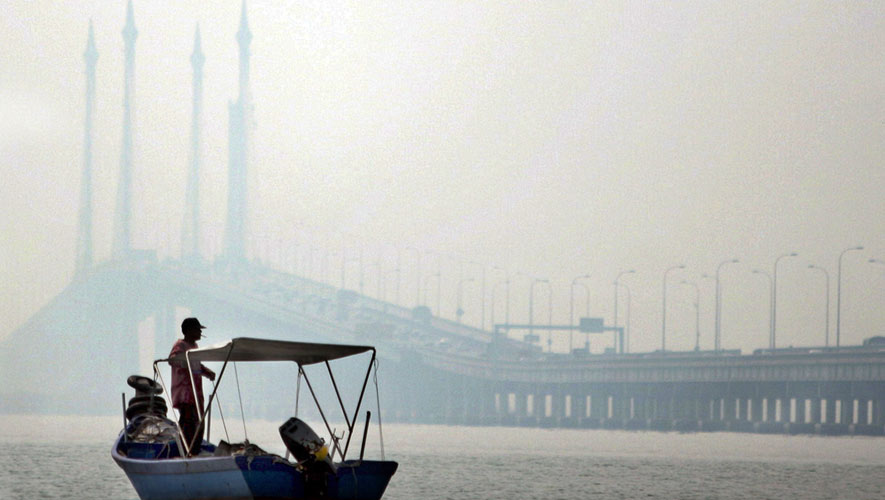The G20 summit, which ended in Osaka last week called for fairer and more inclusive trade arrangements with the backdrop of China and the US calling a truce to their ongoing trade feud and with other countries calling for freer trade.
For the latest Cambodian Business news, visit Khmer Times Business
Japan’s role in hosting the G20 is perhaps best exemplified in its ability to strike a delicate balance in world affairs and bring the warring countries to the negotiation table to resolve their differences.
Aside from the participants to the conference, Singapore alongside with Vietnam and Thailand (by virtue of the being the chairperson of Asean) were invited.
The invitation to the three Asean member states shows Japan’s openness on a global scale. It is important to take note how the US has given Japan a lead role in dealing with countries like Iran and India recently.
While both Japan and the US deny Prime Minister Shinzo Abe’s role in toning down Iran’s rhetoric amid tensions in the Persian Gulf and in buying time for India in the ongoing Regional Comprehensive Economic Partnership (RCEP), his intervention is significant.
The presence of three Asean leaders at the event suggests that it might be an opportunity for Asean to move its trade and investment perspective towards Japan, instead of a greater focus on China.
This would reduce Asean’s over-dependence on China, which has led to its compromises in the South China Sea and the detriment of Asean centrality.
Japan has been the main investor in South East Asia and the biggest provider of foreign direct investment in the region with about 20 percent of the capital invested in the region towards greenfield projects.
Japan’s economic dominance in the region started way back in 1977 through the Fukuda doctrine and despite China’s economic presence in the region, it would be difficult to displace Japan economic dominance.
But if Asean countries would want to continue to attract investments into the region, it would need to upskill its human resource.
FDI flows into Asean rose from $123 billion in 2016 to an all-time high of $137 billion in 2017.
With the advent of Industrialisation 4.0, its ability to attract a sizable amount of FDI to the region would depend on having a critical mass of talented workers in the region which would be crucial in seeing the Asean economy’s onward trajectory.
Towards achieving this, Asean can look towards Japan, as support for Human Development Assistance is one of the pillars of Japanese overseas assistance. It provides technical cooperation by accepting foreign students, developing students vocational skills and strengthening industrial competitiveness.
The Asean Economic Community or AEC is one of the three pillars to achieve the Asean community, incorporating political, security and social-cultural pillars. It is destined to create a single production base, fully integrated into the global economy. It boasts five core elements that would allow the free flow of goods and services, investment, capital and skilled labour considering 97 percent of the Asean landscape is made of SMEs, it is imperative that it delves into human resources in this area.
Towards this, Japan has been cooperating in the promotion of SMEs and development of mineral resources such as building an institutional foundation for industries and management skills of productivity improvement, as well as the environment and energy-related cooperation, needs for which have been increased with the advance of industrialisation. Asean needs to tap into the expertise of Japan to bolster its capabilities, which not only would entice FDI into the region but also make our SME industries more competitive.
Asean’s strategic drift to Japan would deter Beijing from having to deal with Asean countries on an individual basis, which has threatened the centrality of Asean. Japanese financial and economic assistance in the region would ensure that Asean would once again be a cohesive force.
The G20 conference in Osaka ended last week with consensus on free and fair trade.
China and the US agreed to another truce in a trade war and to resume talks at resolving their disputes. With the world, showing more free trade, Asean must bolster its competitiveness through upskilling its workforce and Japan would prove to be a reliable and trusted ally aside from countering Chinese influence in the region.
Sathish Govind
Contributing Writer, Capital Cambodia




